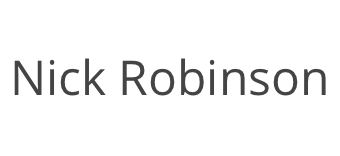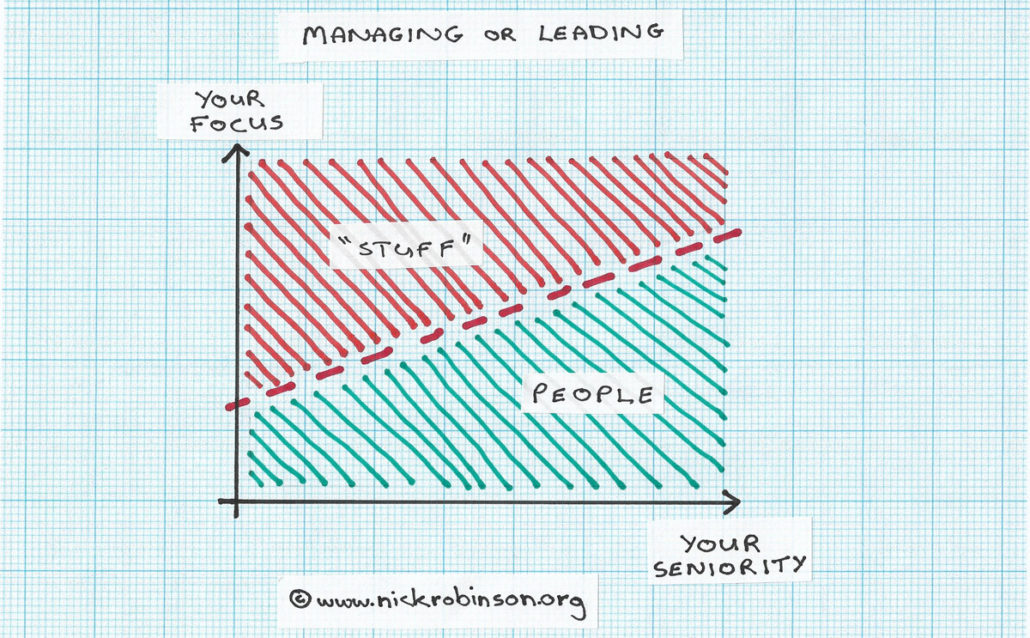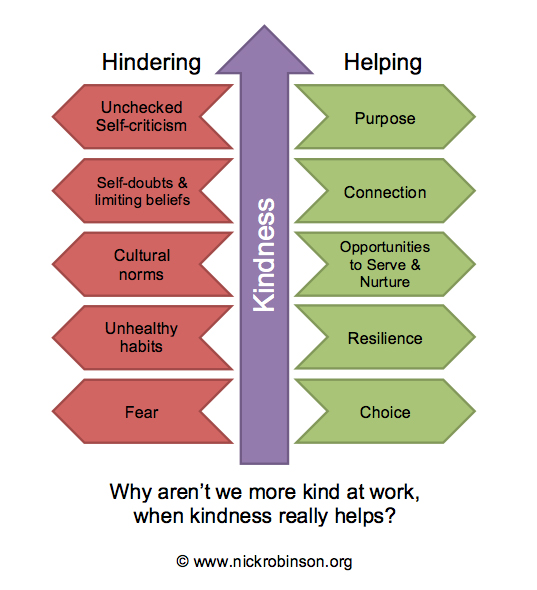Can’t Keep Up?
Feel like you can’t keep up?
12 ways to simplify your leadership
Do you want to work as quickly and efficiently as possible, so you can finish early and still have time and energy to do other stuff? You’re not alone. More and more I’m seeing people who say they want to do more at work, enjoy more time with their family, and have more time to relax, but that their actual focus is on “keeping up.”
It may be that you’re temporarily in a really tricky situation and you just need to get out the other side of it. But if not; if that sense of not being able to keep up at work is persisting longer than it should, take a look at these short tips for breaking the pattern.
1. Identify your Top 1 – 3 priorities for the day
And once you’ve identified them, do these first thing in your day, or do them in your quality time, or scrub-out something else. Remember, you’ve either chosen to work on your own priorities, or you’ve chosen to forward somebody else’s agenda.
2. 80% is More Than Good Enough
Identify what level of %age completion/quality is right for the task you’re involved with and don’t go 1% over. Perfect is the enemy of good.
3. Delegate the ‘What’ not the ‘How’
Make sure you’re only delegating ‘outcomes’ and not telling people how to achieve those outcomes. Be prepared to live with people taking a different approach to the way you might have done it. This is the ONLY option if you don’t want to, or can’t, do everything yourself – which you don’t and cant’!
4. Don’t use your Email In-tray as a To-Do app
It doesn’t work. It DOESN’T work. Email is for communication, not task-management. Get a simple to-do app and use that instead. If your email in-tray is overflowing, make a separate folder, dump everything into there and start again with a blank in-tray, this time using a separate app to record to-do’s.
5. Manage all your Emails (and other In-boxes) using the 5-Minute RAFT Formula
Everything that arrives in your various inboxes should be dealt with using the 5-minute RAFT approach, as follows:
- R is for Reading – can you read an item in 5 minutes or less – and do you really, really need to read it? If so, read it when it arrives, otherwise, bung it into a Reading File and wait ‘til it’s a priority. Or Trash it.
- A is for Action – can you action item in 5 minutes or less – and do you really, really need to do it? If so, action it when it arrives, otherwise, bung it into your To-Do app and do it when it’s a priority. Or Trash it.
- F is for File – can you file an item in 5 minutes or less? If so, file it now. If not, wtf is it!?
- T is for Trash – this is my favourite. Trash it. Hit delete. Gone and forgotten. Should be your default setting – can I legitimately just hit delete or chuck this in the bin and not get emotionally-hooked.
6. Under-schedule and Over-deliver
Rather then over-schedule and under-deliver! This is strongly linked with Items 1 and 12. The best way to do more is to try and do less. Focus, focus, focus. How jammed is your calendar, how hectic is your travel schedule? “Less is more” people.
7. Ask people for their ideas
Not only is this a good way to get and stay engaged with people, you’ll end up with new and different solutions that you wouldn’t have thought. Takes a bit longer in the short-term, delivers better quality and takes the load off of you in the medium-term.
8. Know and Say your Leadership Mantra
All leaders should be able to say what the strategic aim for their organisation or department is. “What we need to do is X, Y and Z.” Repeat this whenever and wherever until you’re sick of hearing it. And then repeat it some more. This way of simplifying really helps others to get behind the programme and take-up more of the effort themselves. You’ll be more than pleasantly surprised when you hear people repeating your mantra unprompted.
9. Work through People and on Tasks
And the more senior you become, the less you should be working on tasks and the more you should be working through people. Check how your current balance is on this and see if you need to spend more time leading and less time doing. See also 10 below.
10. One-to-one Meetings are your Main Tool for Working through People
There isn’t a better way to get things done than to sit down with your people individually and coach them through their own priorities. I’d give at least one day a week to doing this for every four team members I have. Use this Coaching formula:
- What Outcomes are they working towards?
- What’s in the Current Situation that you and they need to be aware of?
- What Approaches have they tried or do they want to take?
- What Support do they need?
- How will you know when it’s Worked?
11. Build Relationships
I bang on about this all the time. Relationships are the key to getting stuff one in organisations.
“It’s not what you know.
It’s not even who you know.
It’s how well do you know the right people?”
Nick Robinson
When was the last time you prioritised coffee with a colleague just for the sake getting to know each other better?
12. Leaders think Short, Medium AND Long-term
So often we under-estimate what can be done in the long-term and over-estimate what can be done in the short-term. The key is to plan on all three time-horizons. What’s my priority for this year, for this month, for today – and how do they link together?
I hope those help a little? Give me a shout – add a comment below if they’re still open, contact me here, or tweet me @NickRobCoach if there’s something not covered or if you’d like to add one of your own tips.







